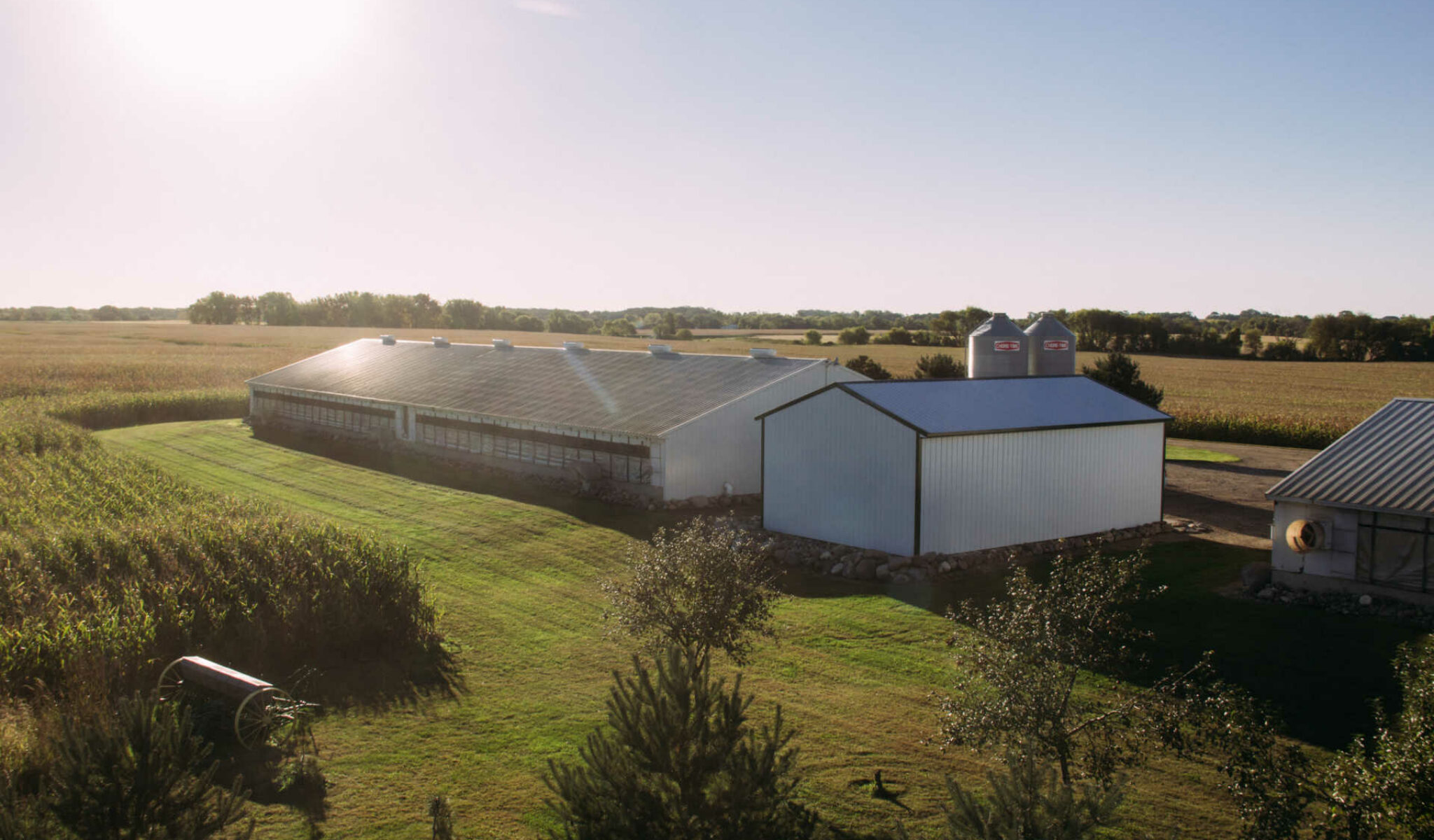
Source: Minnesota Star Tribune
By: Adam Belz
Minnesota’s hog population continues to grow and the state may soon surpass North Carolina to become the nation’s second-largest pork producer. Iowa remains far ahead as the top producer.
Minnesota is closing in on North Carolina to be the second-largest hog-producing state in the nation.
According to new data from the U.S. Department of Agriculture, Minnesota’s pig population on Dec. 1 was 8.9 million, or 400,000 more than a year earlier. The state is now producing only 200,000 fewer hogs than North Carolina.
Iowa is by far the largest hog state, with 23.3 million pigs.
The hog-industry growth is along the Interstate 90 corridor in southern Minnesota and farther north along the South Dakota border, said Greg Boerboom, a hog producer near Marshall.
Hog production in Minnesota makes sense because hog manure is useful in corn country, and hog farmers need corn, Boerboom said.
“North Carolina as a state is kind of maxed out. They don’t have land to put the manure on,” Boerboom said. “Their manure is more of a by-product, whereas in Minnesota manure is a valuable commodity.”
The largest growth in Minnesota came from the Pipestone System in Pipestone, Minn. The company is now the third-largest hog producer in America and added 11,000 sows in 2018, according to Pork Powerhouses, the annual list produced by Successful Farming magazine.
The next-largest Minnesota hog producers are Christensen Farms and Schwartz Farms, both in Sleepy Eye, and then Holden Farms in Northfield and New Fashion Pork in Jackson.
In 2017, North Carolina was 500,000 hogs ahead of Minnesota in December. But North Carolina added only 100,000 hogs this year while Minnesota added 400,000.
Minnesota has already surpassed North Carolina when it comes to the number of pigs it finishes for market, but North Carolina still raises large numbers of baby pigs that are shipped to farms in Ohio, Indiana and Illinois, where they are fed to market size and shipped to the slaughterhouse, said Dave Preisler, executive director of Minnesota Pork Producers Association.
Despite its remoteness from the Corn Belt, North Carolina became a major hog-producing state in the late 1980s and 1990s after the U.S. government stopped subsidizing tobacco farms.
“When subsidy programs went away for tobacco, you had farms that really faced a difficult future,” Preisler said. “By adding livestock — whether it be turkeys or chickens or pigs — it enabled farmers to generate enough income to stay. It would have never happened if the U.S. hadn’t gotten out of the tobacco support business.”
But Minnesota with its cornfields has always been a better fit for hog farming, and Preisler said the state is likely to pull away from North Carolina in coming years.
“The feed is right here, and plenty of land to recycle the manure in a really sustainable way, and also the majority of packing plant capacity in the United States is within a three- to four-hour drive,” Preisler said.
Compared to other states, Minnesota’s hog industry has room to grow. In a statement, Christensen Farms said that Minnesota has more than double the number of crop acres per pig marketed than Iowa, and 4.4 times as many as North Carolina.
“Because of the nutrient-rich soil, Southern Minnesota can raise pigs more sustainably than anywhere else in the world with infrastructure providing close access to state-of-the-art pork processing plants and locally-grown, abundant grain,” the company said in a statement.
“With the bounty of the land comes great responsibility to care for our natural resources, our people and our animals to ensure we can continue to deliver on our noble purpose of providing food to a growing world for generations to come,” the company added.
http://www.startribune.com/minnesota-closing-in-on-2-spot-for-hog-production/503451202/
